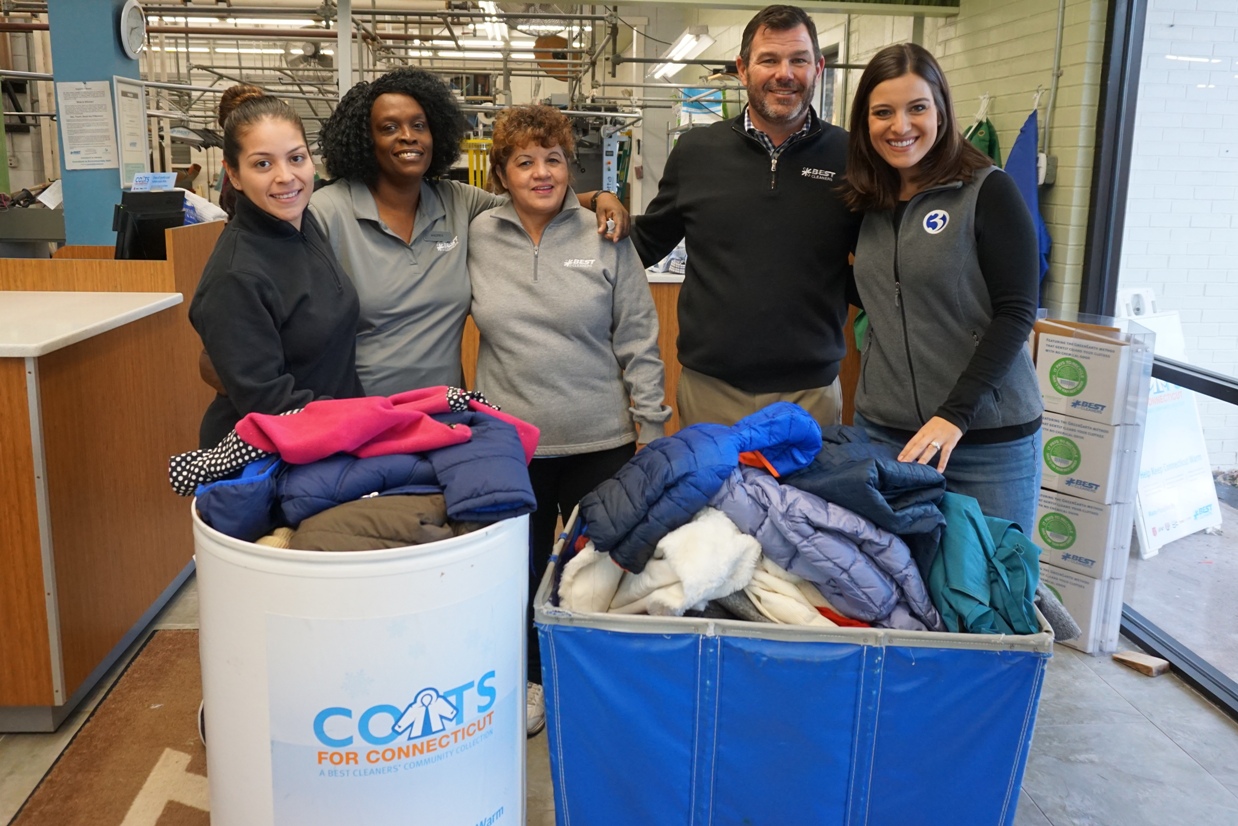
THE BEST CARE FOR LINEN
Linen is a top fabric choice for summer clothing because it is durable, breathable and stronger than cotton. Woven from the flax plant (linum usitatissimum), it is a natural fiber with a distinctive quality and texture, and a heritage that dates back to ancient civilizations. So what makes linen a great option for hot weather? Linen has low thread count compared to cotton. Fewer fibers mean unbeatable breathability – exactly what you need to stay cool in the summer heat. Linen also has the ability to absorb moisture and wick perspiration away from the body. It also dries very quickly and is hypoallergenic.
Dry Cleaning Linen. While some linen clothing does not require dry cleaning, others do. For best results, always follow the instructions on the manufacturer’s care label. Even items that are machine washable can benefit from the care of a professional cleaner. In general, you should have your linen garment dry cleaned if it is soiled or stained; is a constructed piece like a suit; has a lining; has specialty trim like beading, sequins or other embellishments; or is a skirt, dress or pants with pleating. Because Best Cleaners only uses the GreenEarth cleaning method, linen is gently rid of tough stains and dirt without being exposed to harsh chemicals and the risk of fading. Your clothes come back to you looking like new – crisp, vibrant and freshly pressed.
Washing Linen. Linen shirts, blouses and shorts that don’t fall in any of the above drycleaning categories can be safely washed at home if you follow a few simple rules. First, remember that just like cotton, linen can shrink. Always avoid hot water and opt for either warm or cold water; if your linen is a vibrant or dark color, be sure to use cold water to avoid fading. Linen can be machine washed, or hand washed if you choose, using a mild, scent and dye-free detergent. Do not use fabric softener or bleach on linen, even if it’s white. To prevent damage from over-handling, use the gentle cycle and wash linen alongside similar lightweight or delicate fabrics and avoid mixing in heavy items like jeans, sweatshirts or towels. If you do hand wash, avoid wringing the fabric to preserve the integrity of the fibers.
Drying Linen. One of linen’s best characteristics is that it’s fast drying, making it a great choice for travel, and for wearing when temperatures rise. Given how quickly it will dry, and its tendency to shrink when exposed to heat, linen is best dried by air. Machine drying is an option if you stick to low or no-heat settings. When air drying, lay the garment flat on a towel, use a drying rack, or a padded hanger to avoid unsightly dent marks.
Ironing Linen. Linen is best pressed while it’s still damp. If the garment is already dry, dampen it using a spray bottle filled with water or with linen spray. Set the iron to medium- to high-heat and press only until the wrinkles are removed. For bright and dark-colored linen clothes, turn inside out before ironing to avoid shiny patches or fading. Use spray starch to maintain a crisper look and prevent wrinkling at the knees, elbows and crotch area when wearing. If you like your linen looking extra crisp and wrinkle free, the professional team at Best can get the job done with their state-of-the-art pressing equipment.







